Illusion : Reality
We use the word reproduction in two principal ways. We talk about the biological reproduction of a species and we talk about making a good reproduction of something in terms of a painting, a photograph, a recording or a video.
Remixed and edited by M.
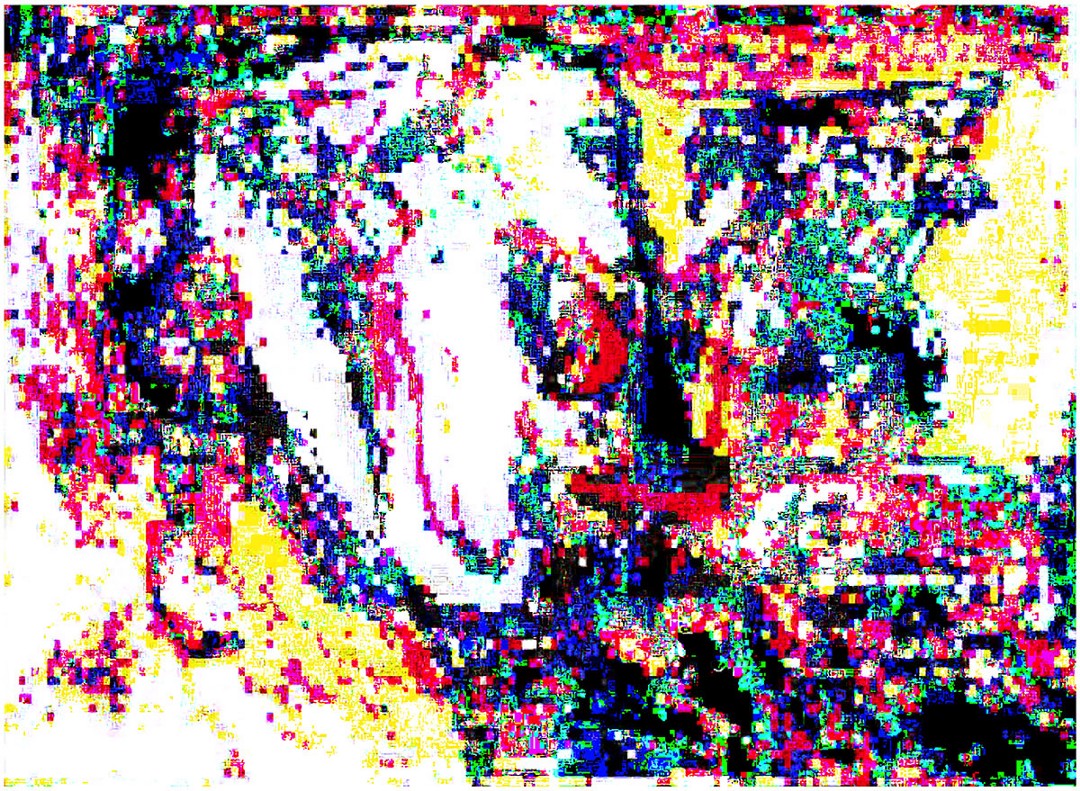
Kings of Europe hundreds of years ago, who wanted to marry a princess in a far-off state, had their painters make portraits of the lady in question. To see if his majesty approved her appearance before meeting her.
There is a famous story of Henry the 8th of England, he was badly cheated in this respect, by a too flattering portrait of Anne.
Those days a sense of morale was held up among artists in the European tradition; to make faithful reproductions. They perfected their technique, beginning with the marvelous work of the Renaissance, Flemish and Dutch painters and going on to what was called L’art officiel, what we now call photographic realism.
So the question arose: Isn’t there a more scientific way of doing all this tedious work?
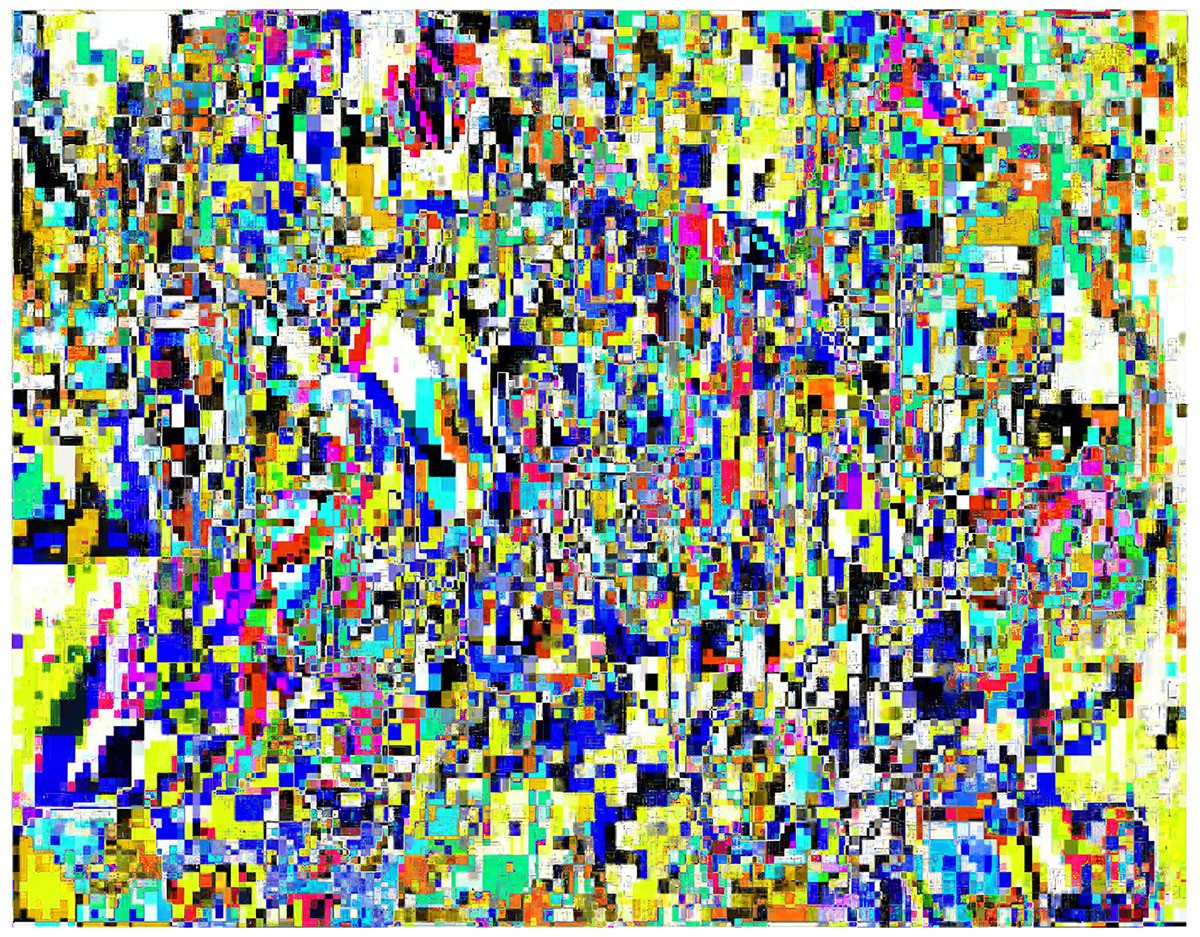
A few centuries later they discovered the camera.
Do you remember those brownish daguerreotypes?
That really looks like grandpa, doesn’t it?
Nevertheless several things, several things were missing…It was not colored. They started coloring the images, at first they tinted them manually.
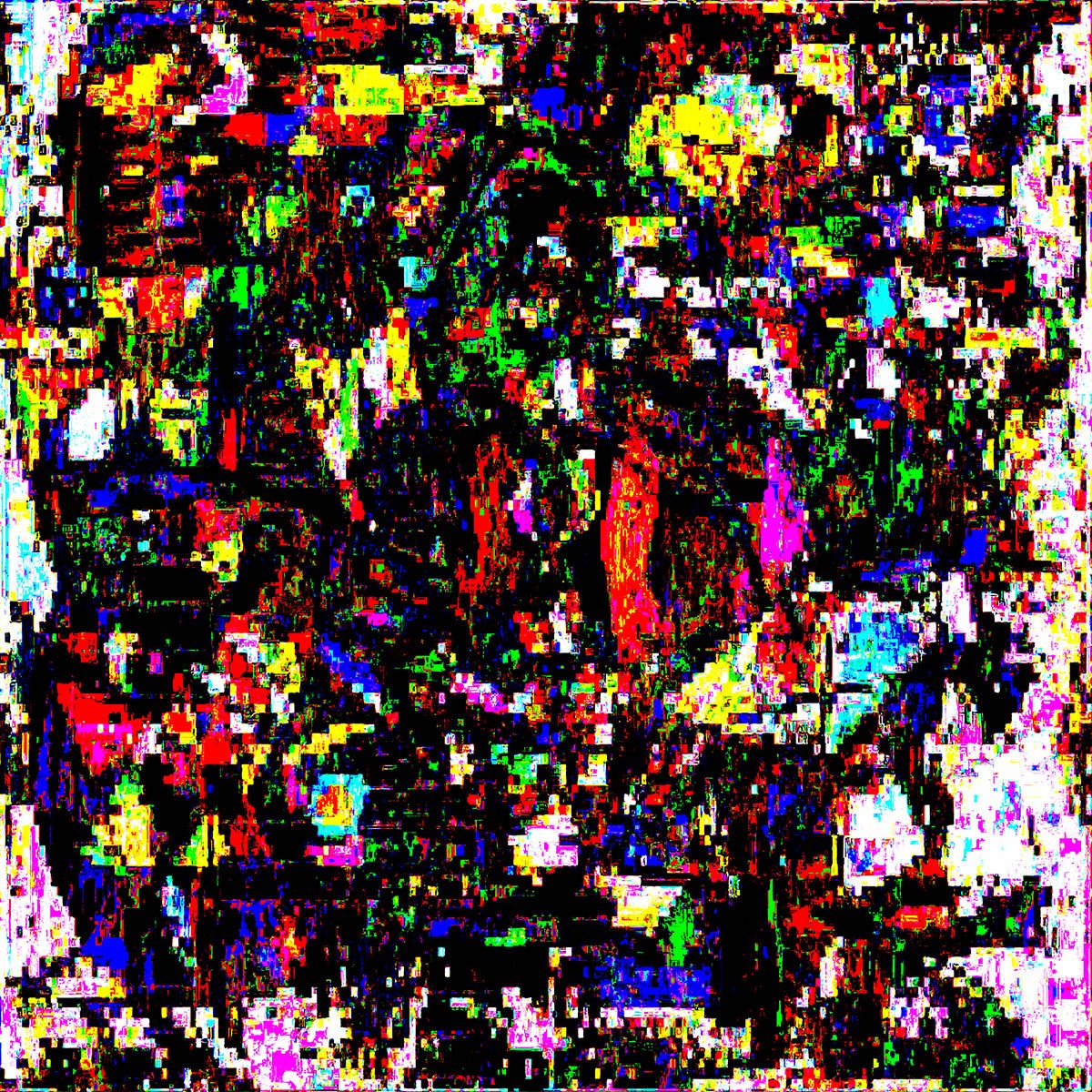
But you know, there are some people whose whole style of life, whose personality is in the way they move. If you just take a static shot you don't catch the personality. We need to create a way to make these people move.
Not much time later they invented the movies.
Remember when the first movies came out? It was going tak.tak.tak. all glitchy. Well, they found a way to smoothen that out.
Nonetheless there is another thing about reproducing people. They talk, and a whole lot of their personality is in their voice. Can’t we have them talking while they move around?
And perhaps hear some natural sound instead of the live-band playing in the background?
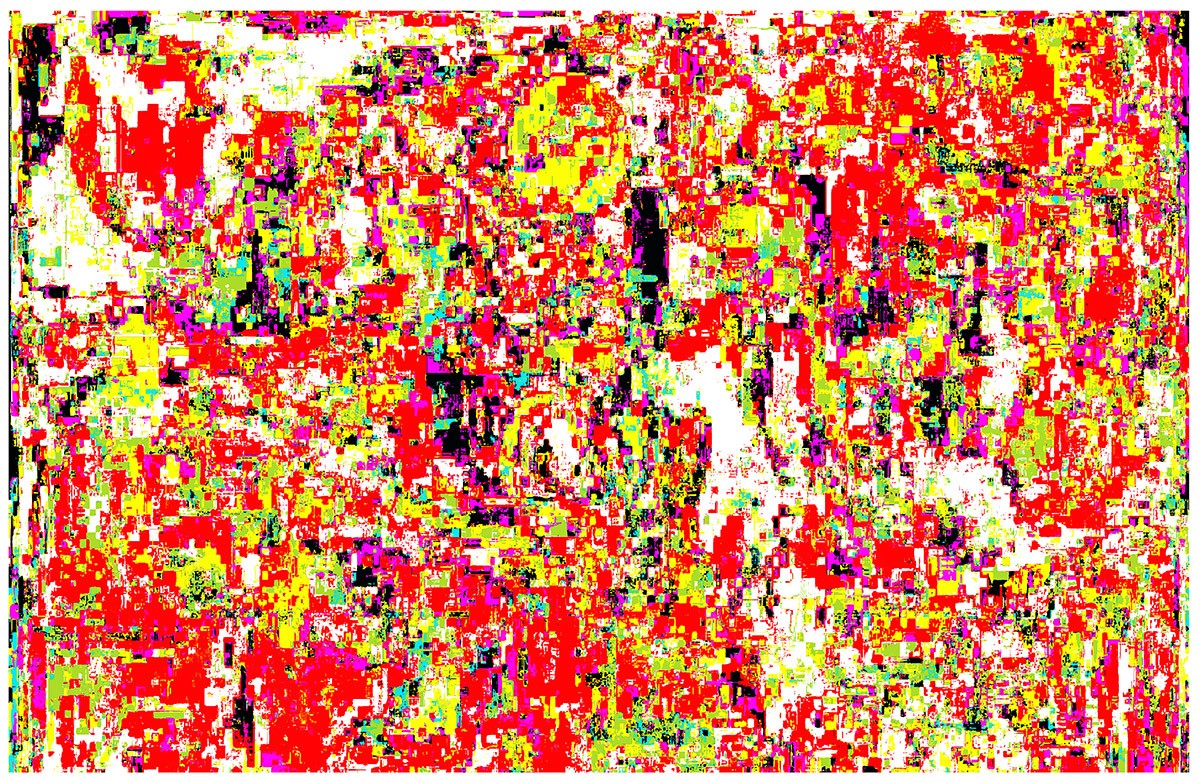
So they invented the talkies; synchronized sound-video recording and colored the moving frames.
Now we’re really getting somewhere!
We are not done yet. To make it even more real they encoded it into a 3D format. You had to wear II-colored spectacles (prototype of the modern shuttering-glasses) to see these 3D projections.
Why is it that every time we want to see one of these movies we have to go to town, can’t we have it all at home?
Television first started out with black and white.…
It all looks like it is made on bread.
That was television at a certain period, but they continued improving it. They introduced color, they tweaked the resolution, the colors got better, the blackness, improving it to higher, and higher levels. 16k OLED displays that is where we stand now.
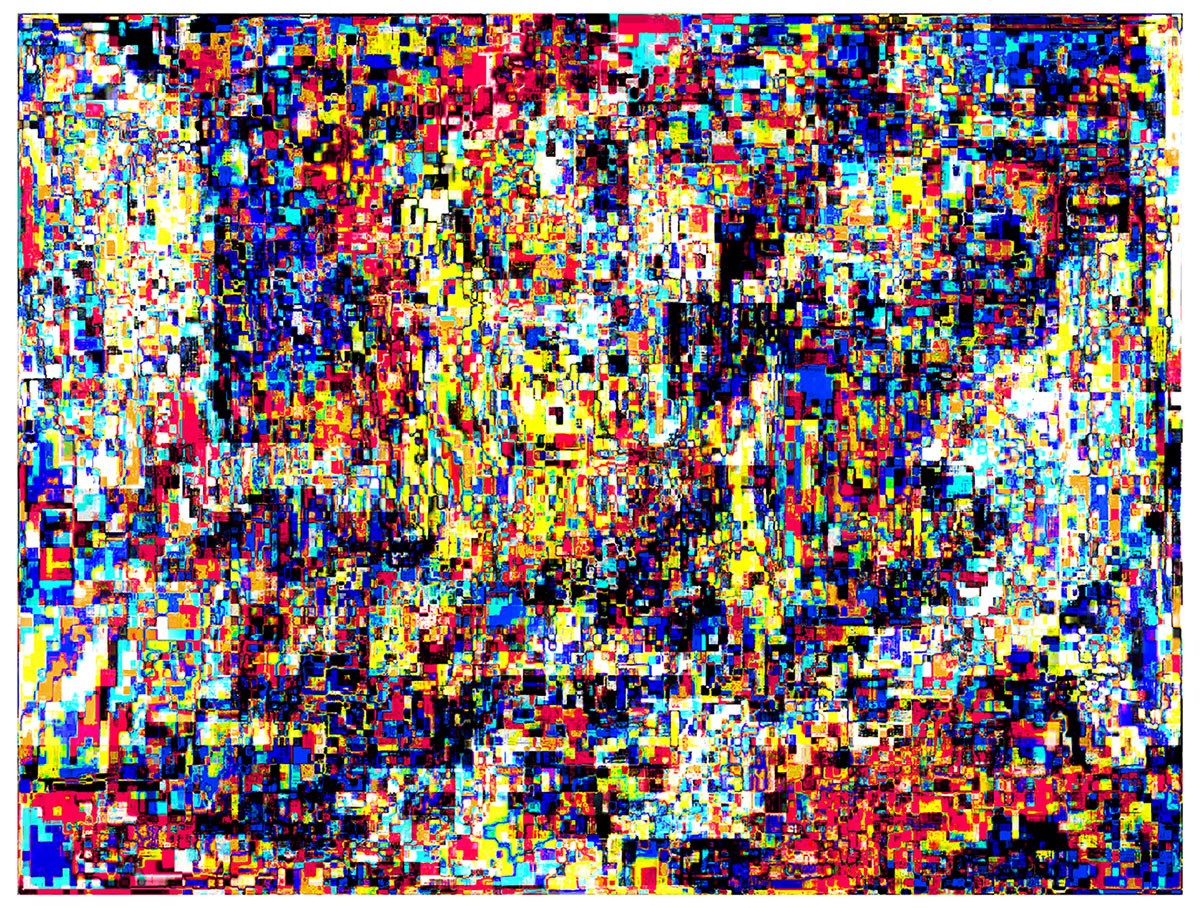
Not quite, because now we also have Virtual-Reality. The only problem is that you must wear those freaking glasses to experience it.
Besides, when you go up to touch the figure your hand will go right through it. You cannot touch it.
This has always been the problem with television. You look at whatever you are seeing behind a screen. It is intangible, it does not smell, and it will not relate to you.
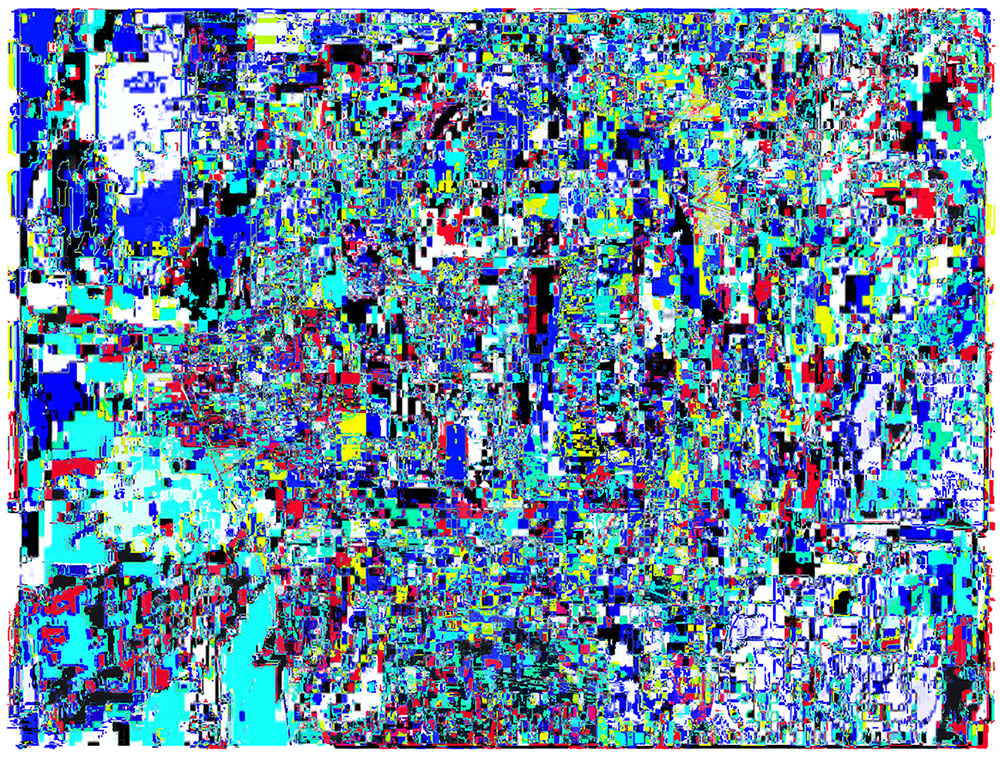
These are further problems to be solved in the techniques of electronic reproduction. They will do it, manage a way in which the electronic emission sources can solidify and make the air vibrate. One day you touch the figure, and you will not be able to push your hand through it, because the air will be going faster than your hand.
Imagine that!
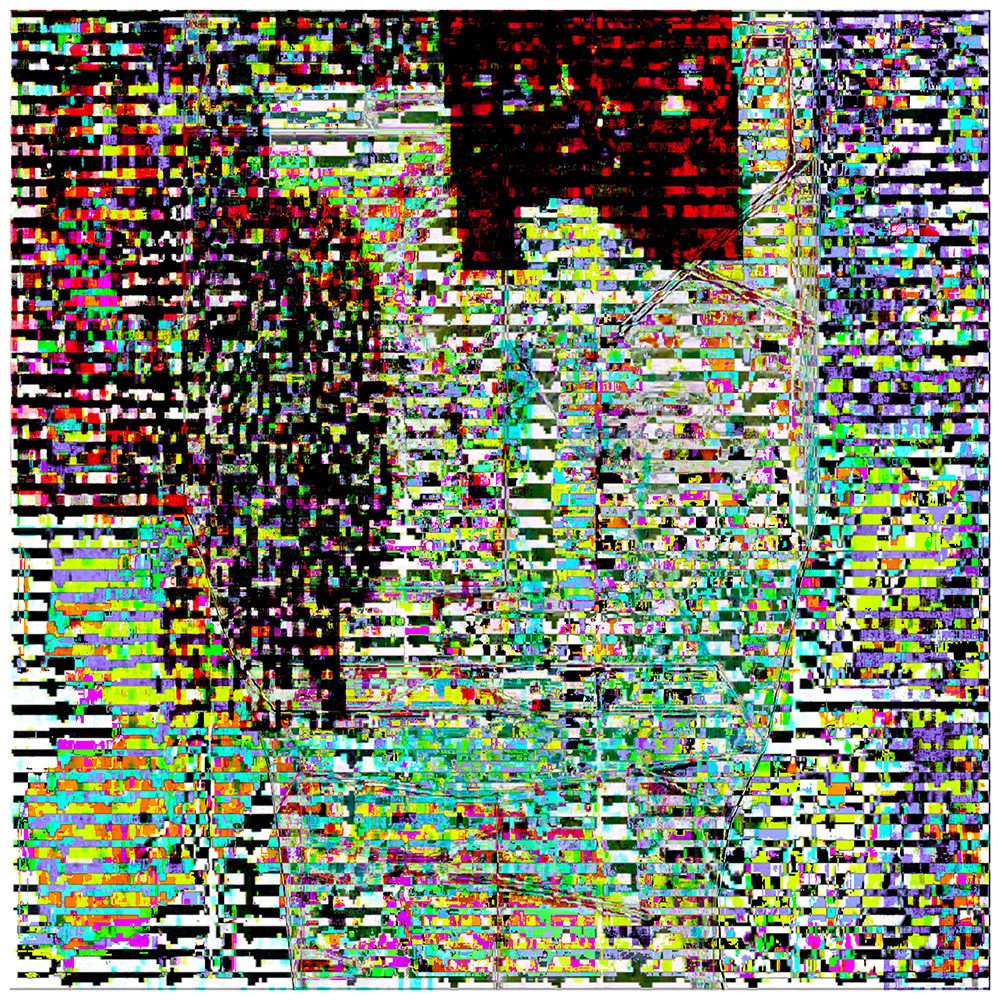
If there is a beautiful dancer on the screen you will be able to go up and embrace her, but she will not know you are there, and she will not respond.
They once said: The photograph does not move, it is not very lifelike.
If it does not talk it’s not very lifelike.
Now they say: Although it looks almost real, it is not very lifelike. My hand is going right through it.
In the future they will say: The reproduction figure in 3D-solid does not respond, it is not very lifelike. Again, they will have to figure out a technique for doing that.
1BIT - The smallest unit of information
Sitting in your home where you are watching the scene, in a kind of stage now, not on the screen. There will be a camera observing you and that camera will report back everything you do into a quantum-computer. The computer will manage each bit of information, each tiny little granule unit of information going into the image that you are looking at. It will immediately decide what is the appropriate response to the approach that you are making to the image.
Will that be great…
She may slap you in the face, she may kiss you. You never know.
…It is still not really the reproduction I want.
We look at the scene to be able to identify with one of the characters. We not only want to watch the drama being performed on the stage, but we want to get into it, be part of it.
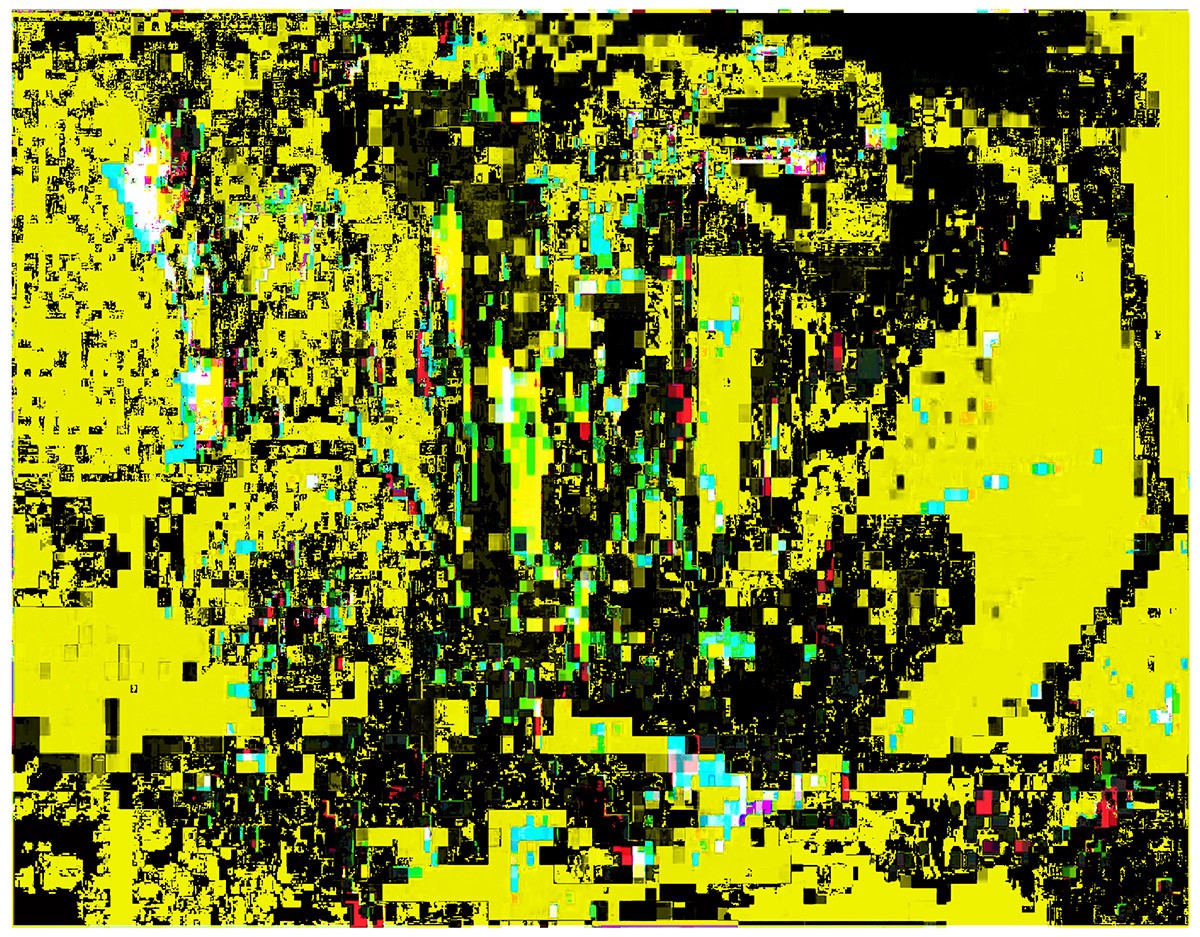
M.: So, we add the element of gaming.
Wired in with electrodes on the brain so that we will feel the emotions of the people active on the stage. Eventually we will get an absolute, perfect reproduction and we will be able to see that image so vividly that we should become it.
Wait a second.
Could that be where we are already?
Are we a reproduction?
Looping around infinitely?
Illusion : Reality http://www.marcelmoonen.com/. Transcript-remix. Images copyright Marcel Moonen. [EDUCATIONAL PURPOSE ONLY] Triple-A Society, Published, 14.3.2021